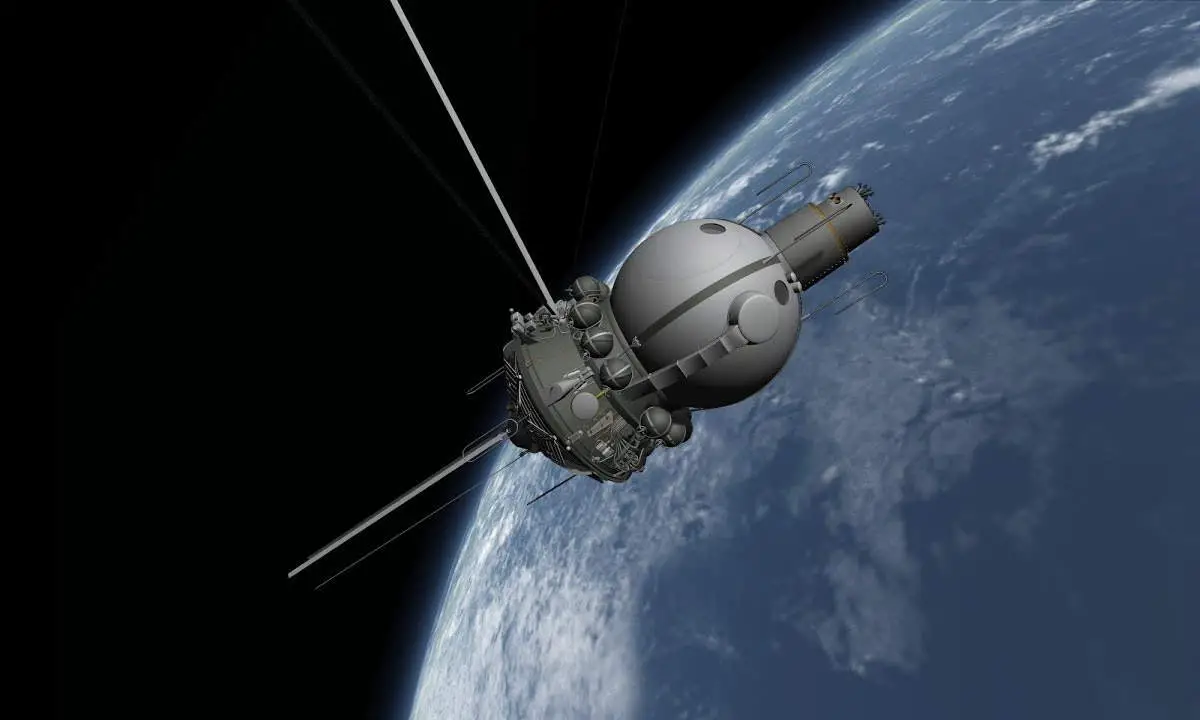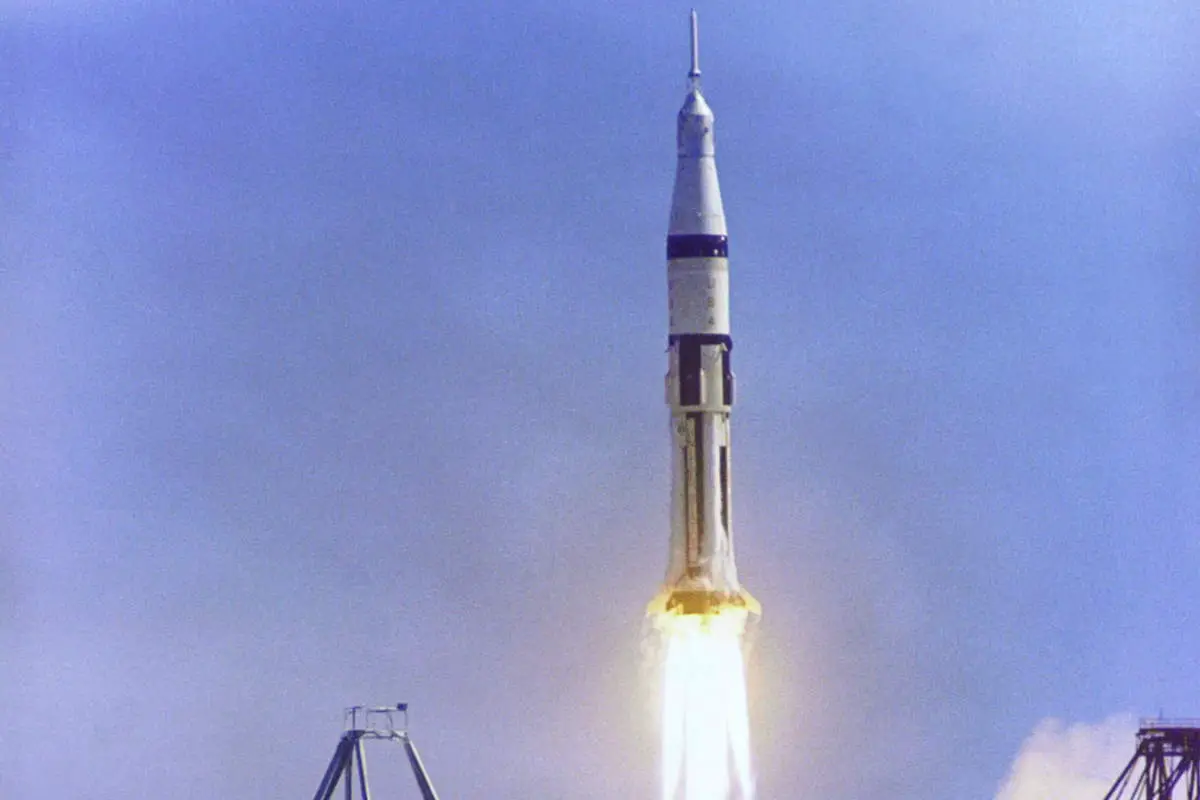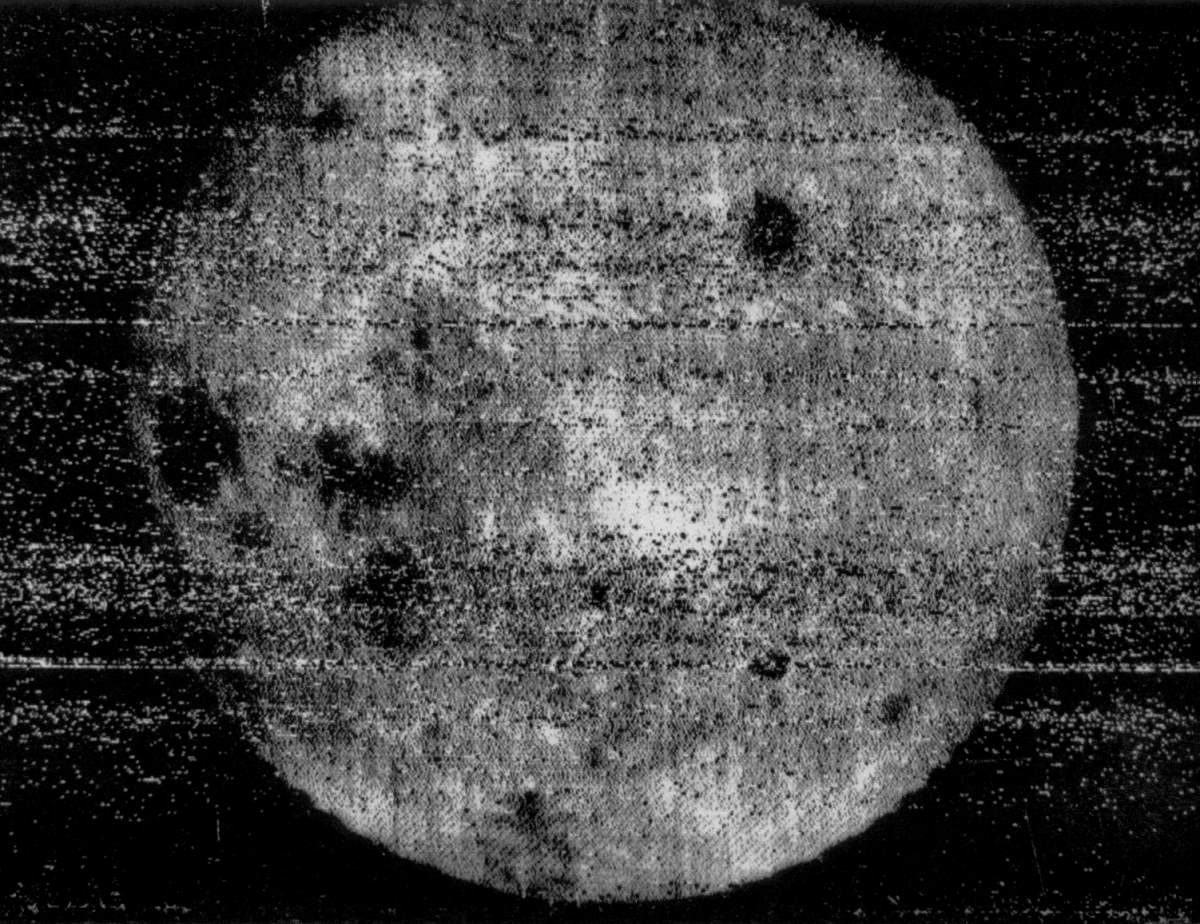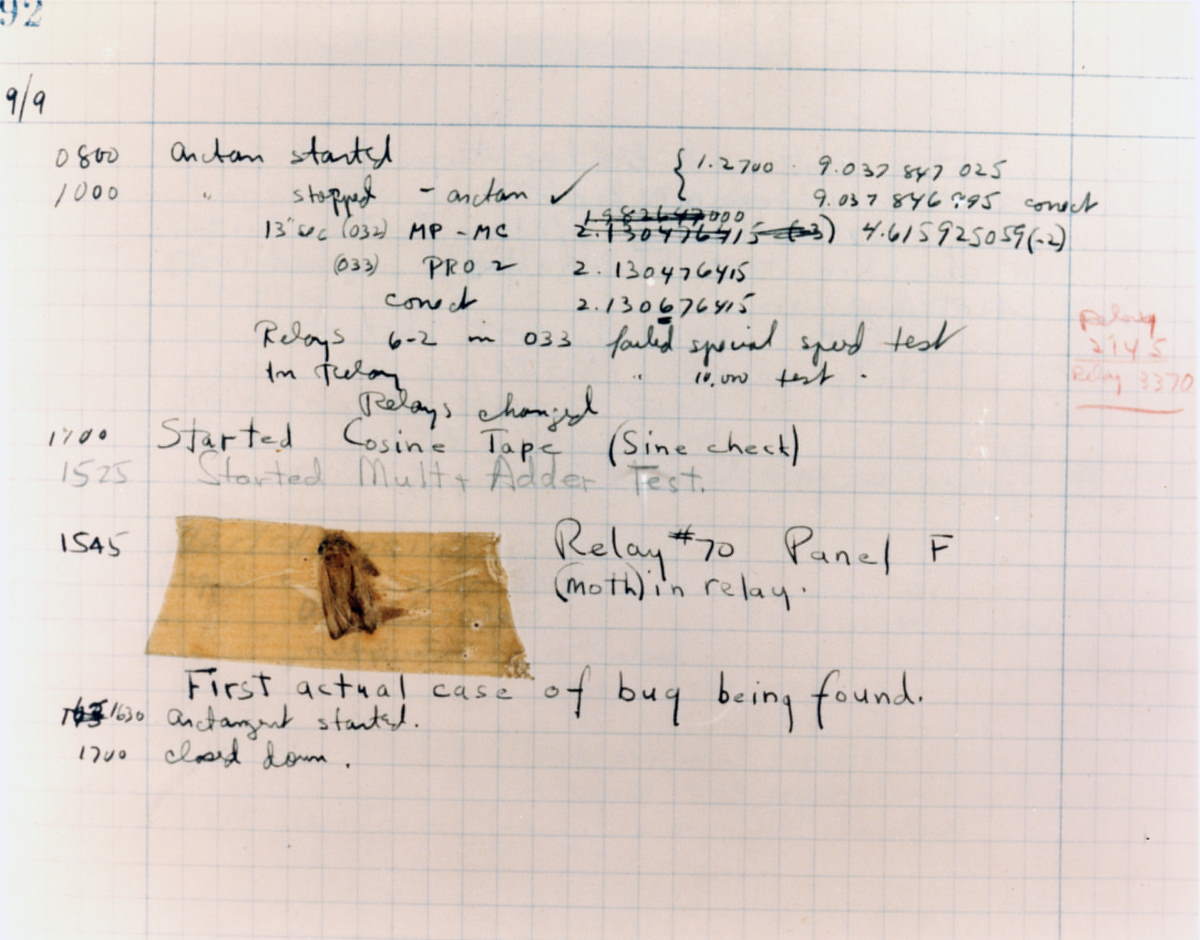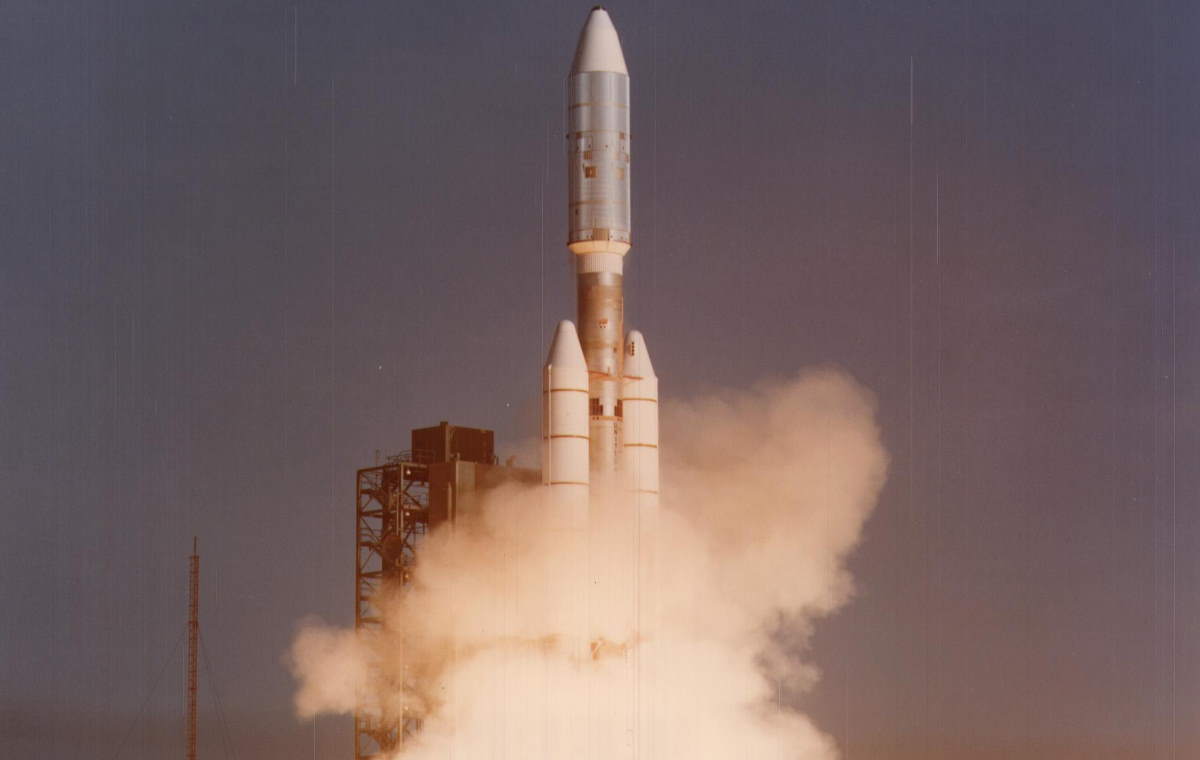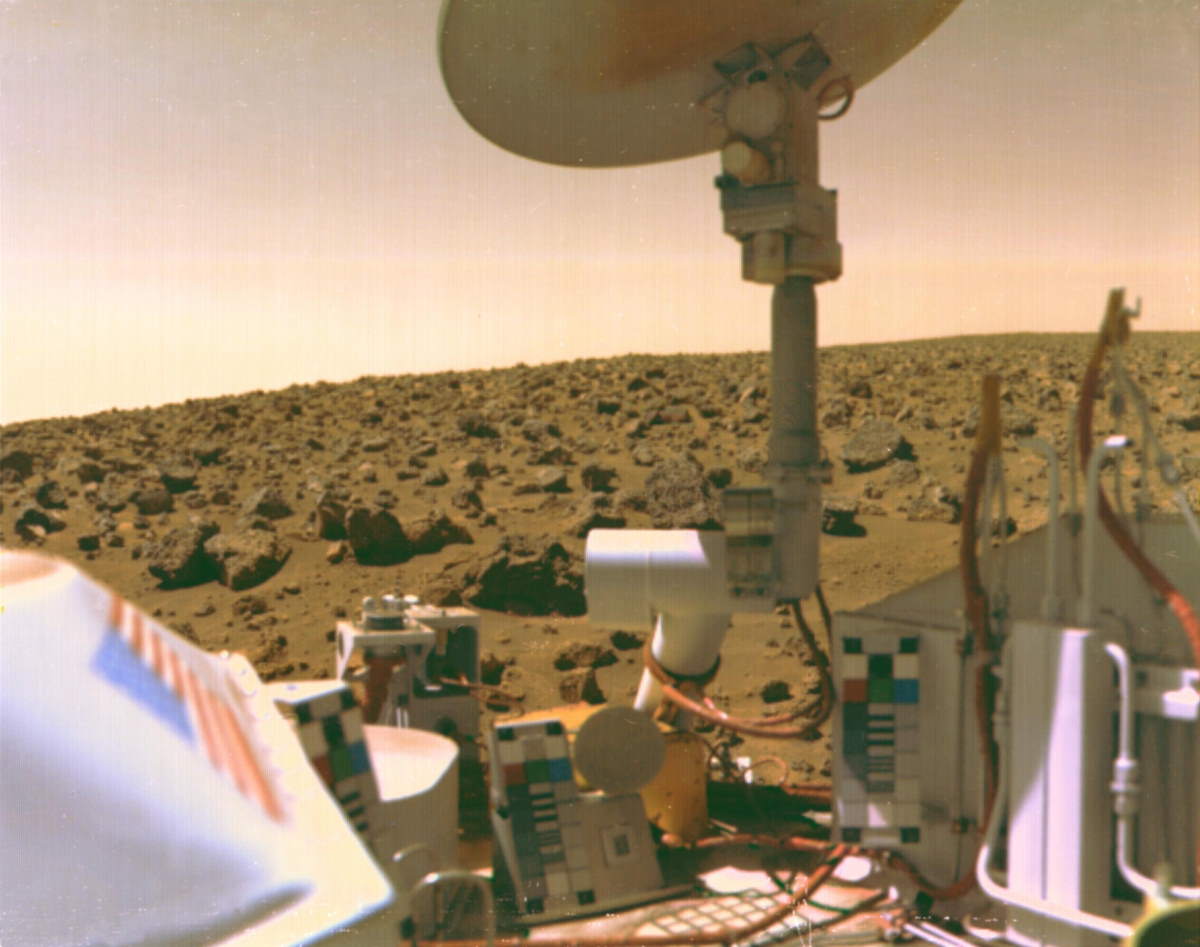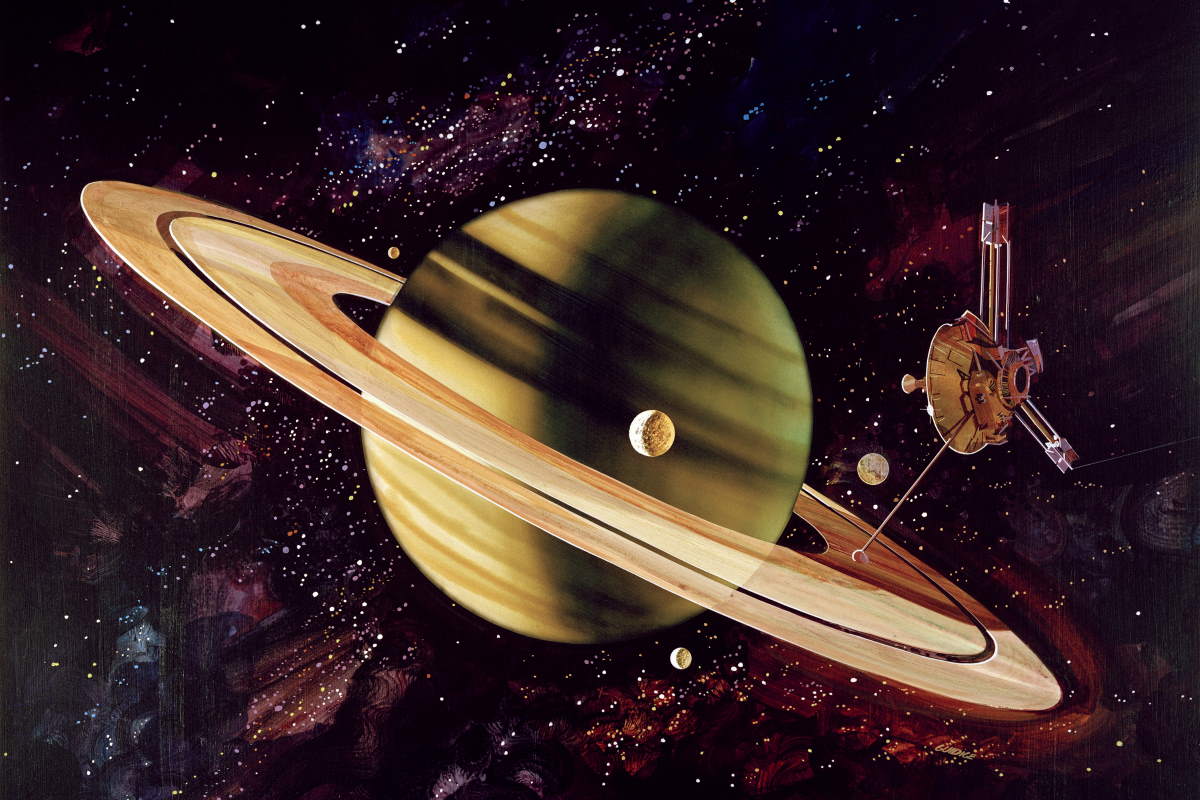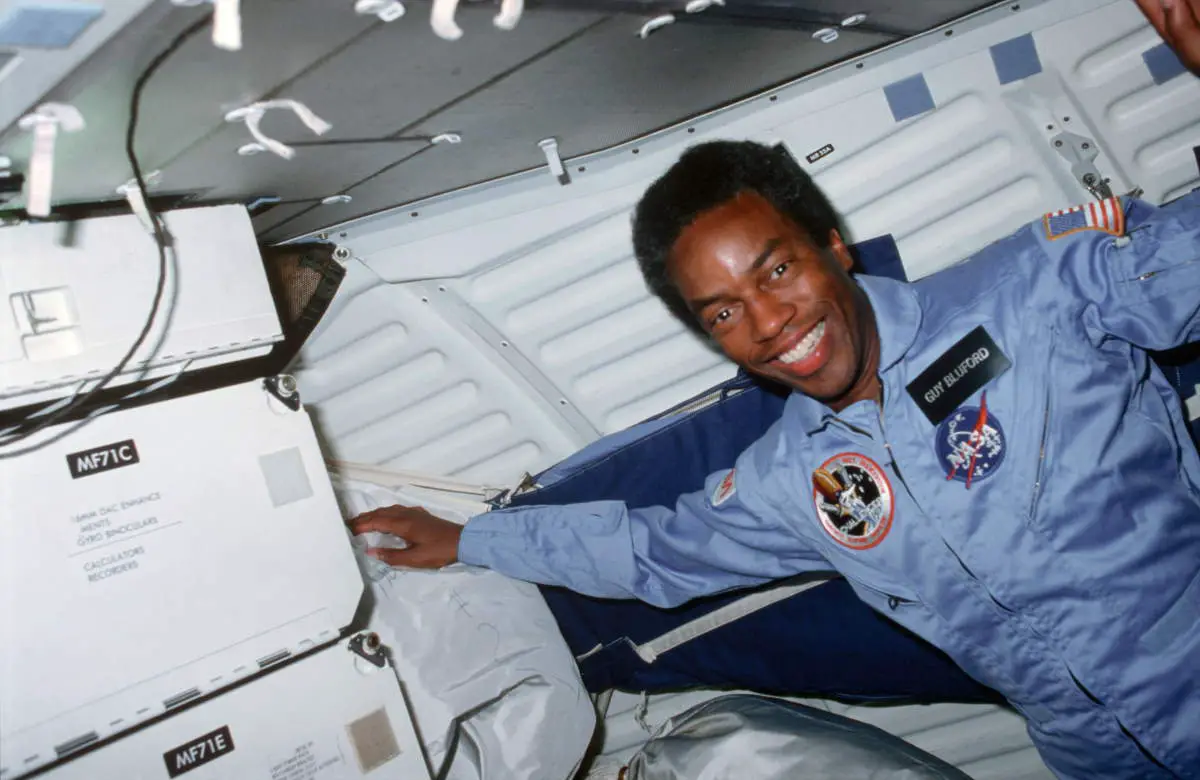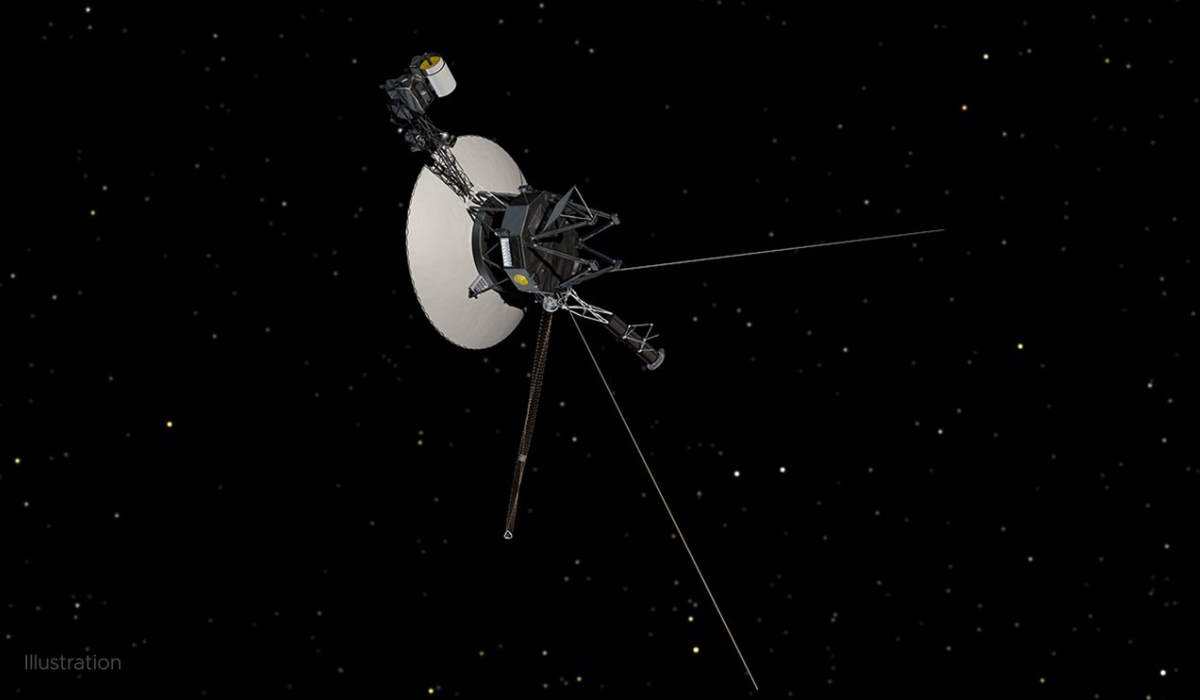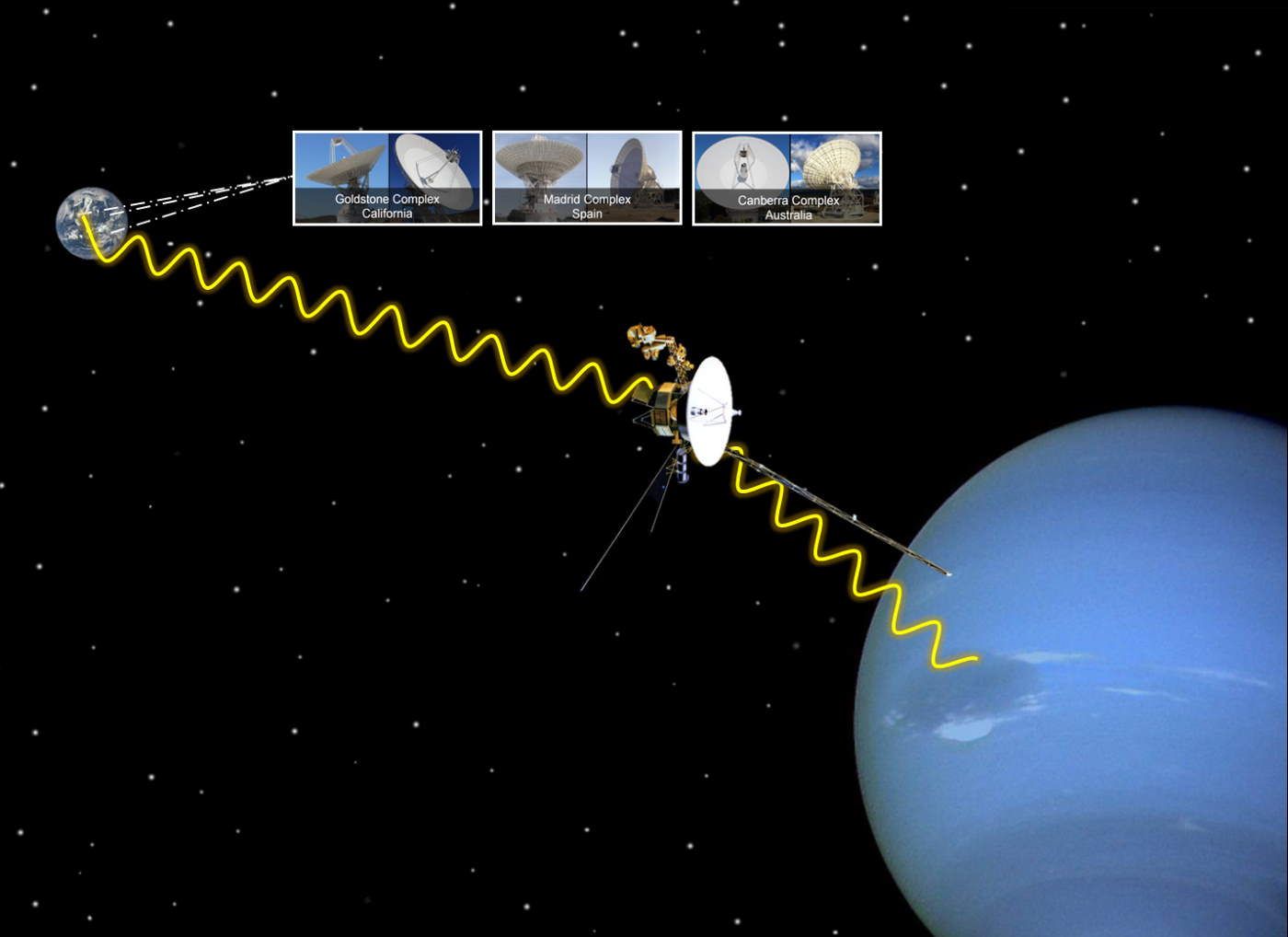Voskhod 1, the seventh crewed Soviet spacecraft was launched on October 12, 1964. Three cosmonauts, Vladimir Komarov (16 March 1927 – 24 April 1967), Konstantin Feoktistov (7 February 1926 – 21 November 2009), and Boris Yegorov (26 November 1937 – 12 September 1994) were aboard, so Voskhod 1 became the first multi-person spacecraft in space.
It also set a crewed spacecraft altitude record of 336 kilometers (209 miles). Another first was, the spacecraft carried either an engineer or a physician into outer space.
